Gun Safe Locks are among the best tools for securing valuable items and safeguarding personal information from unauthorized access. But selecting the right lock for a safe can be challenging. What types of locks are available, how do they function, and which options offer the best protection?
If you're considering investing in a safe but unsure which lock type best suits your needs, this guide will provide an overview of various lock types and help you make an informed choice.
Are All Safe Keys the Same?
No, they are not.
Each safe typically has a unique lock and corresponding key, meaning you can’t use a universal key to open just any safe. It’s important to identify the specific lock type your safe uses before searching for replacement or spare keys.
Different Types of Safe Locks
Safes feature several types of locks, each with distinct advantages and limitations. Here’s a breakdown of the most common types:
1. Basic Lock
A traditional key-operated lock. While simple, it can be vulnerable to tampering if the key mechanism is stiff or outdated.
2. Combination Lock
Requires entering a specific code to unlock. It’s secure but may be inconvenient if the code is forgotten or unused for an extended period.
3. Digital Lock
Opens via a digital keypad and typically operates on battery power. Digital locks offer quick access without the need for a physical key, but batteries must be regularly maintained.
4. Time Lock
Designed to open only during pre-set times, making it ideal for controlled access, such as during business hours.
5. Biometric Lock
Uses fingerprint or eye-scanning technology for access. It provides personalized, high-security access without the need for codes or keys.
Locking Mechanisms
There are two primary locking mechanisms to consider:
1. Digital-Based Locks
These use a keypad or fingerprint scanner and run on battery power. Some models include alarms for unauthorized access.
2. Combination Plus Fingerprint
This dual-security option combines a code with biometric verification, offering an additional layer of protection.
What Are the Best Safe Locks?
Many users consider combination-plus-fingerprint locks as the most secure, providing robust protection against unauthorized access. However, the “best” lock for you depends on your specific needs, level of security required, and budget.
Are Electronic Locks on Safes Reliable?
Indeed, when employing high-quality versions from recognized manufacturers, electronic safe locks can be dependable. It's important to take into account potential disadvantages, including battery reliance and the potential for technical malfunctions, even though they provide convenience and cutting-edge features. Pros and Cons of Mechanical Locks
Mechanical locks are popular for their reliability and independence from batteries.
Pros: Simple to operate and secure without the need for power.
Cons: Losing a key can be inconvenient, and mechanical locks are often noisier during operation.
Keypad or Keyless Entry
Keyless Entry: Allows for a code-only system without a physical key, though it relies on battery life.
Keypad Entry: Requires entering a code but carries a risk of someone learning or guessing the code.
FAQs
1. How can I unlock my safe?
The primary method is by entering a correct combination or using a fingerprint scanner. However, a manual key may be necessary if your safe’s electronic features fail.
2. Are biometric locks suitable for gun safes?
Yes, biometric locks are an excellent choice for gun safes, as they limit access to specific, pre-approved individuals.
3. What if I forget my safe combination?
In such cases, contact the manufacturer or a locksmith. Some safes may also include reset instructions.
4. Do I need keys for an electronic lock?
While electronic locks are keyless, it’s best to have a backup key in case the keypad or battery malfunctions.
5. Do I need keys for mechanical locks?
Mechanical locks require a physical key, which can be easier for some people who prefer not to deal with codes.
6. How do I know which type of lock my safe uses?
Check the manufacturer’s information, which can usually be found on the safe itself or online.
Conclusion
Choosing the right safe and lock type depends on your specific security needs and usage preferences. For a comprehensive selection of safes, consider browsing reputable sites such as https://kaerworld.com/. Remember to consider the location, frequency of use, and level of security needed when selecting your ideal safe and lock combination.

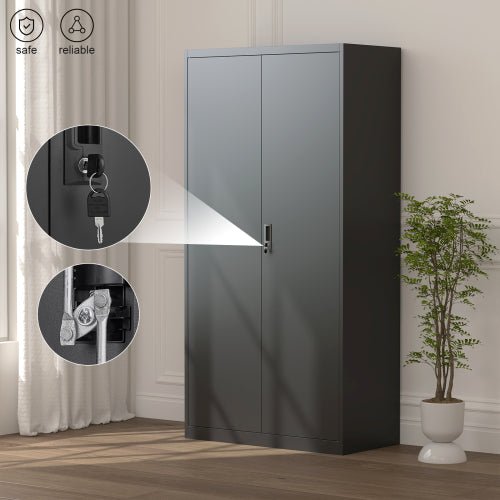
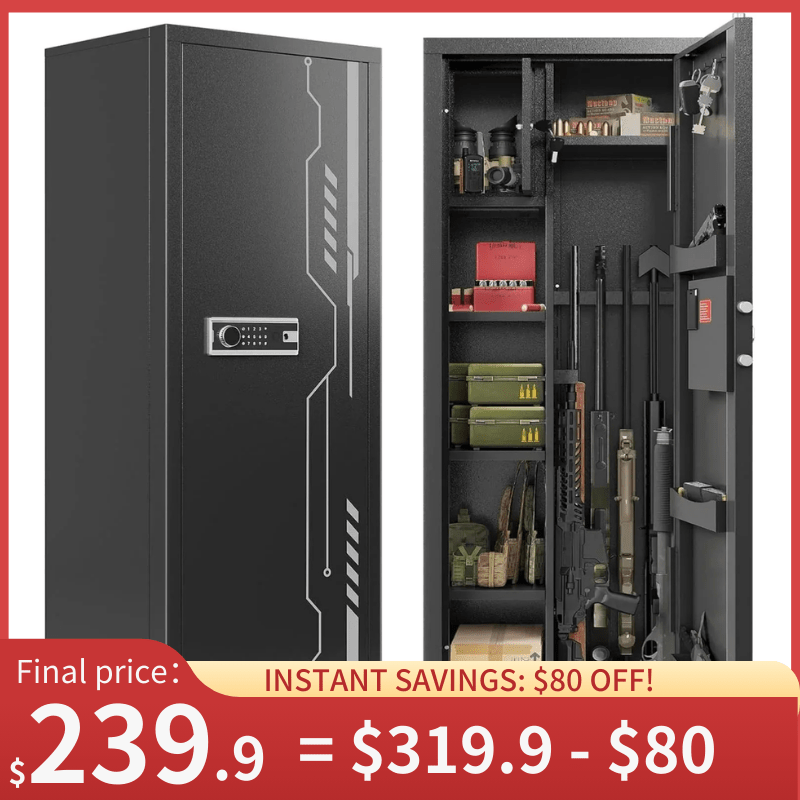
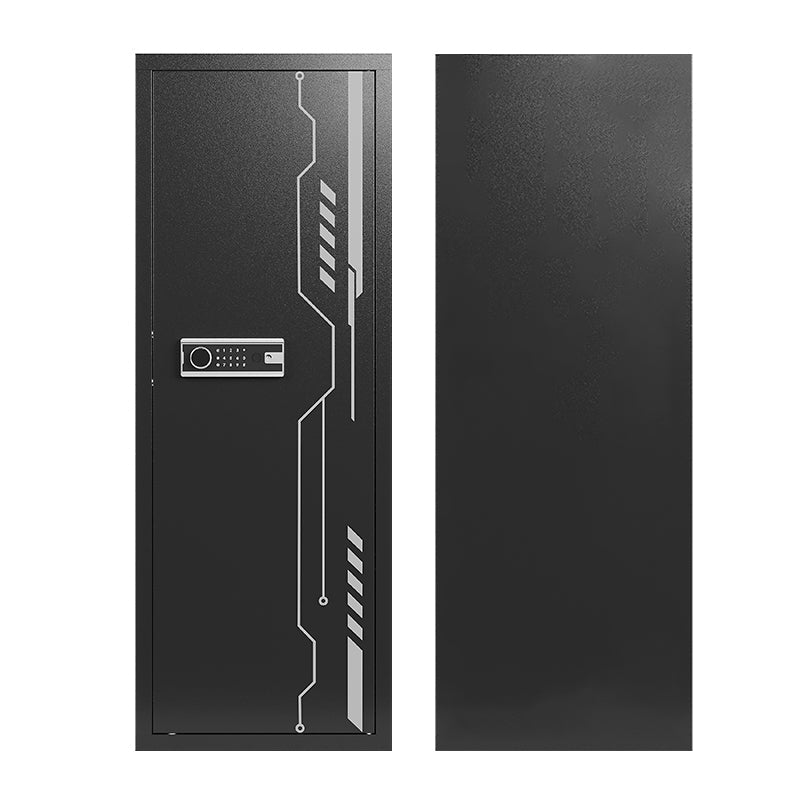
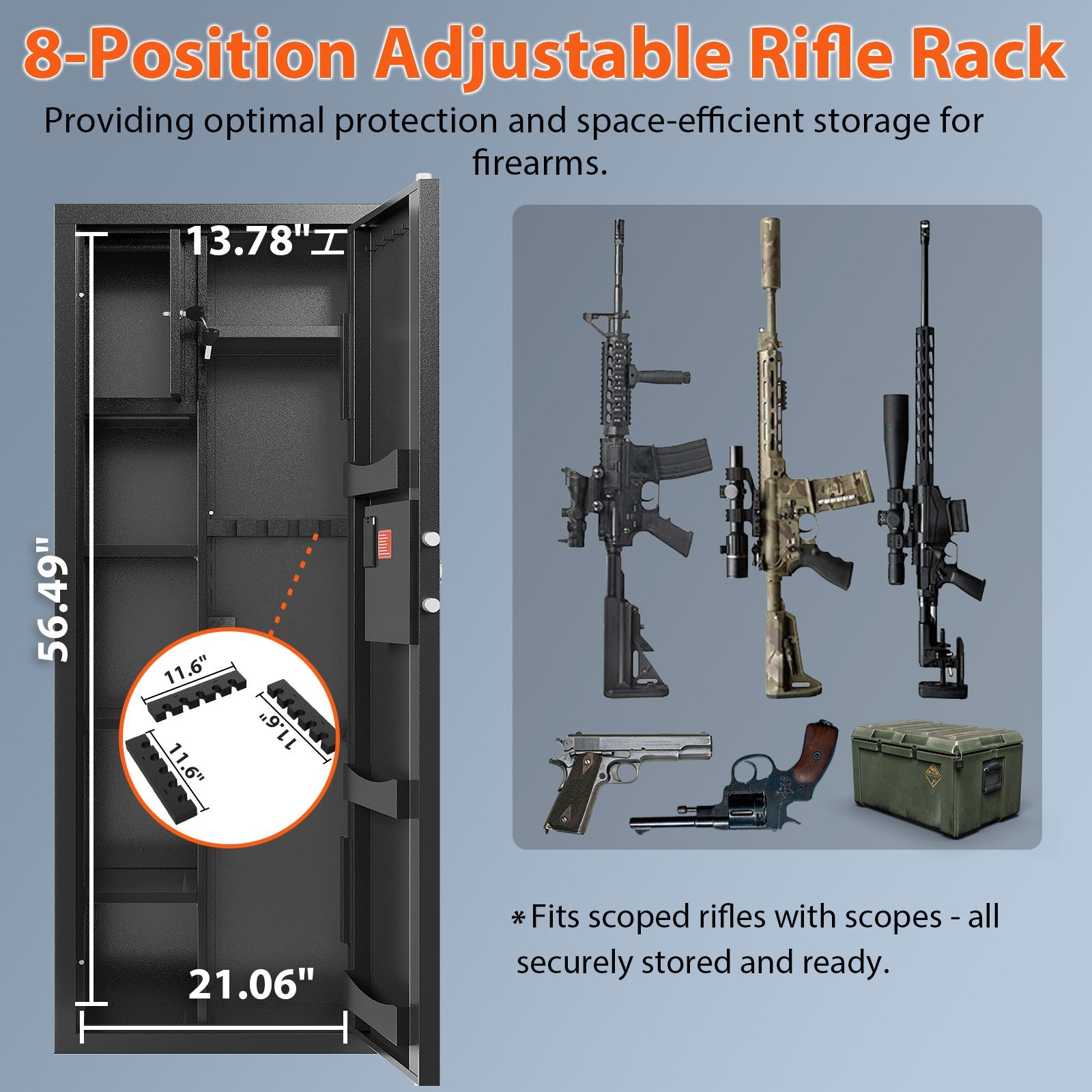
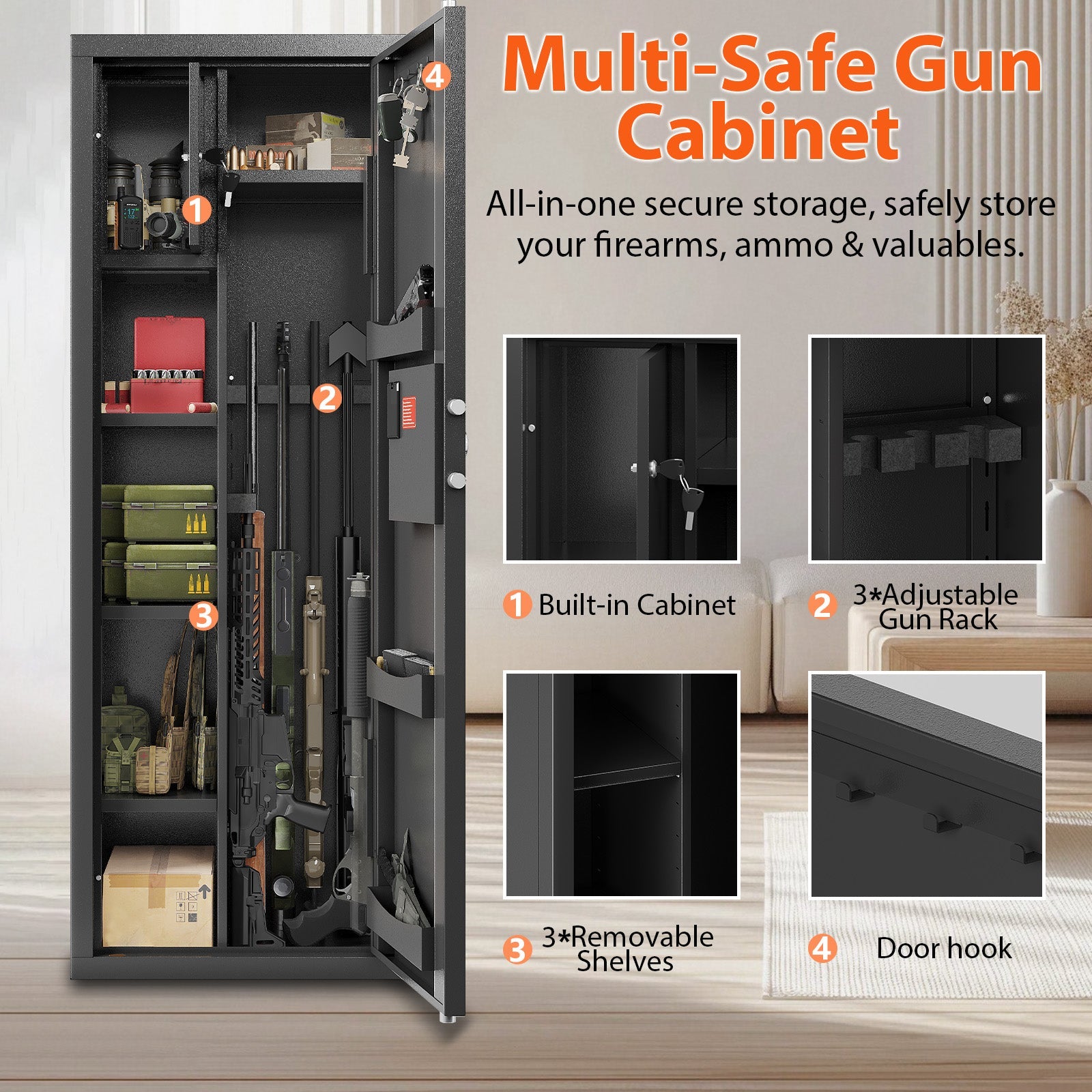




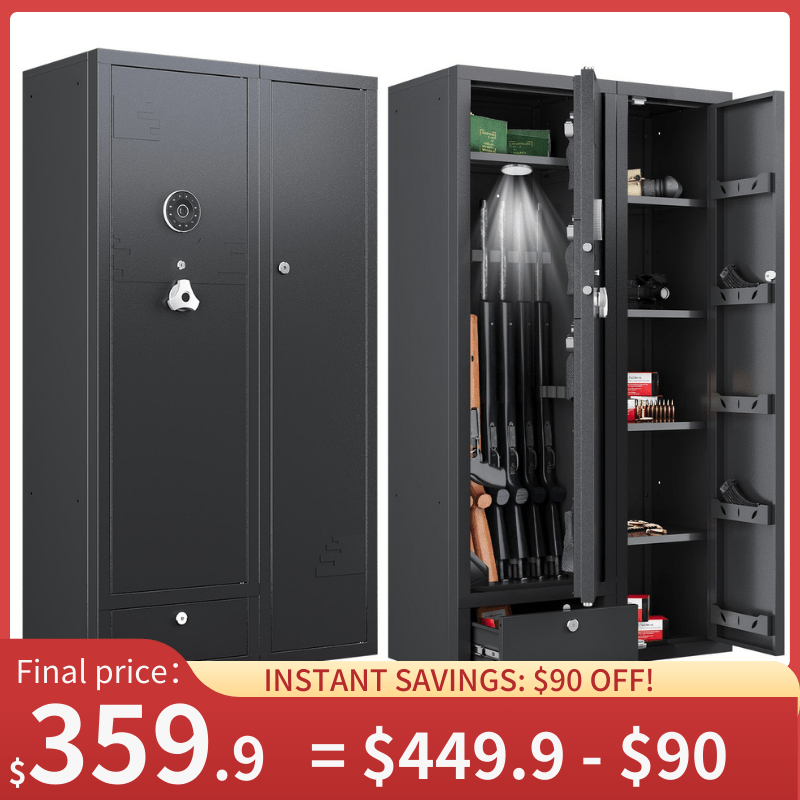
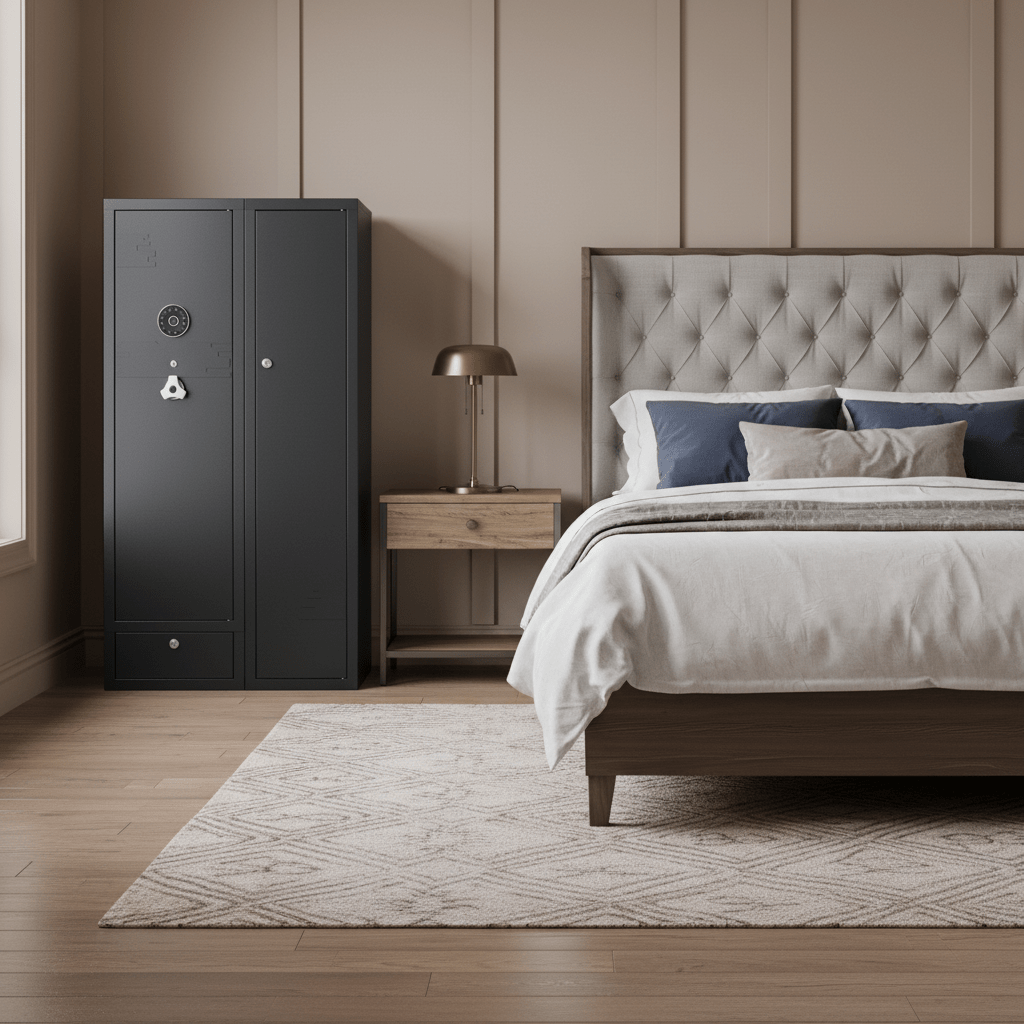

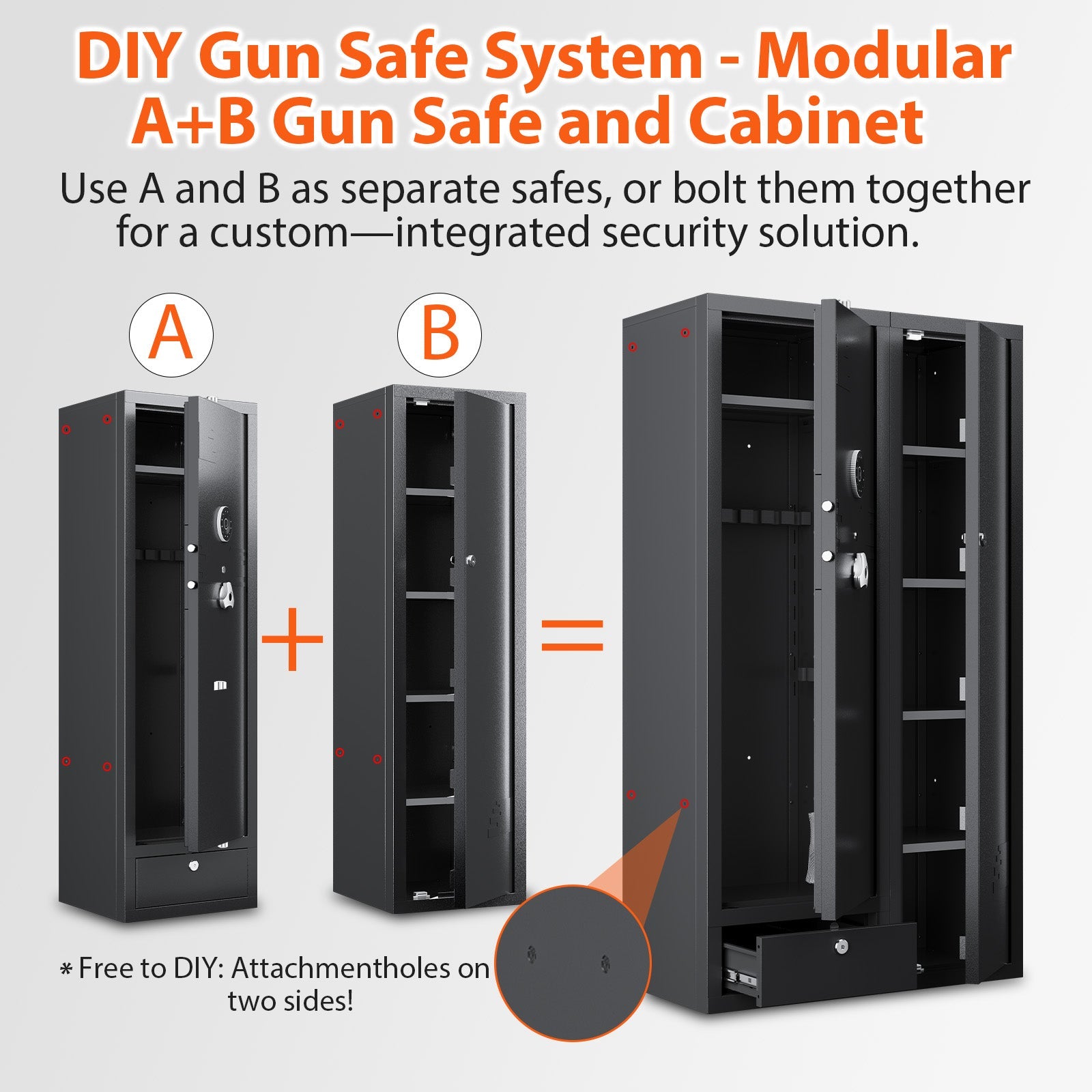
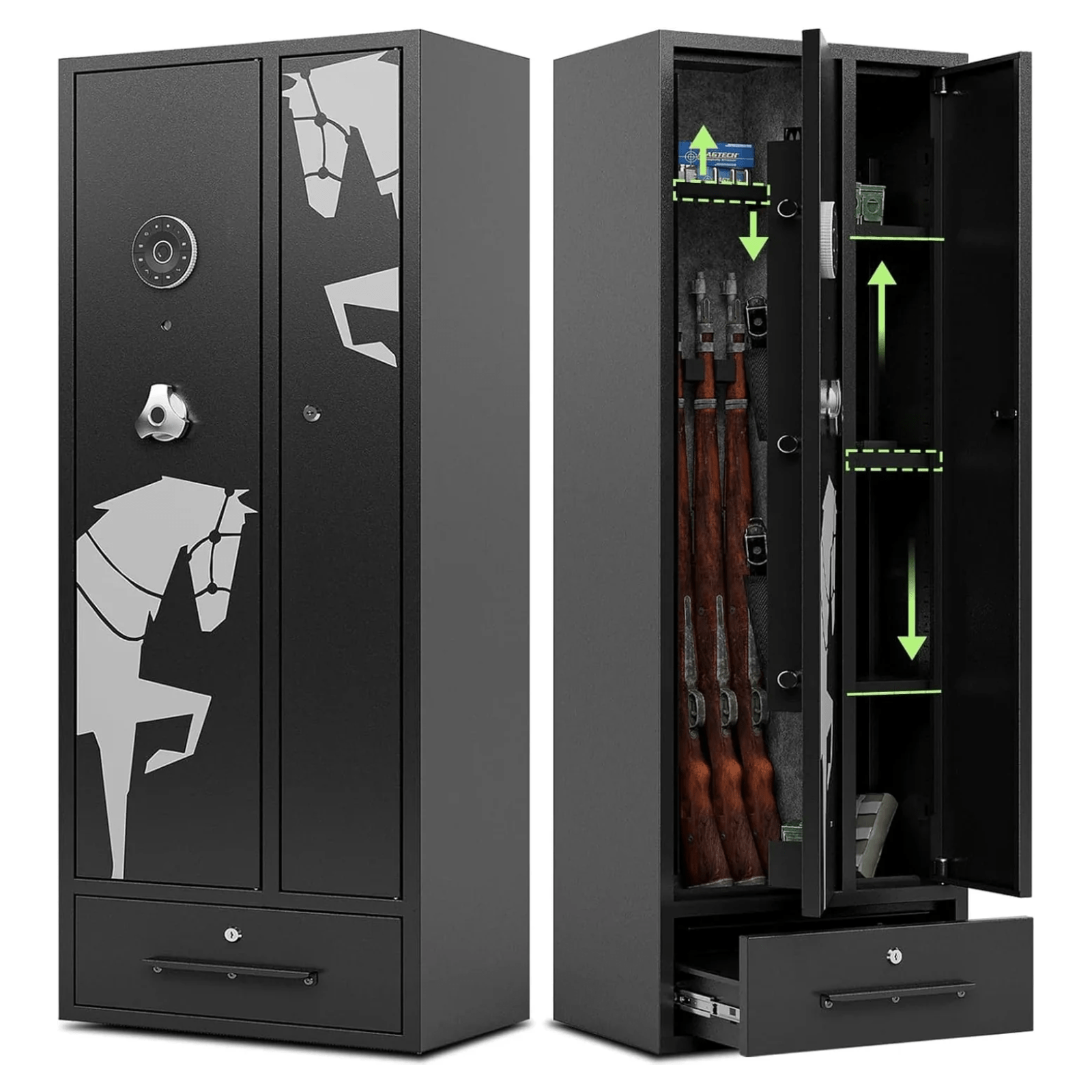
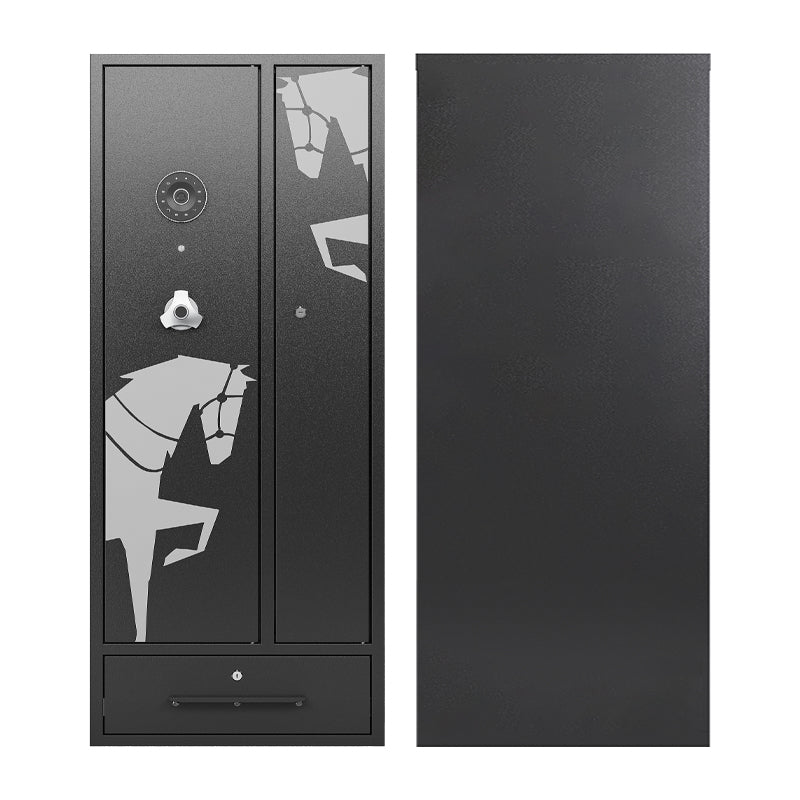
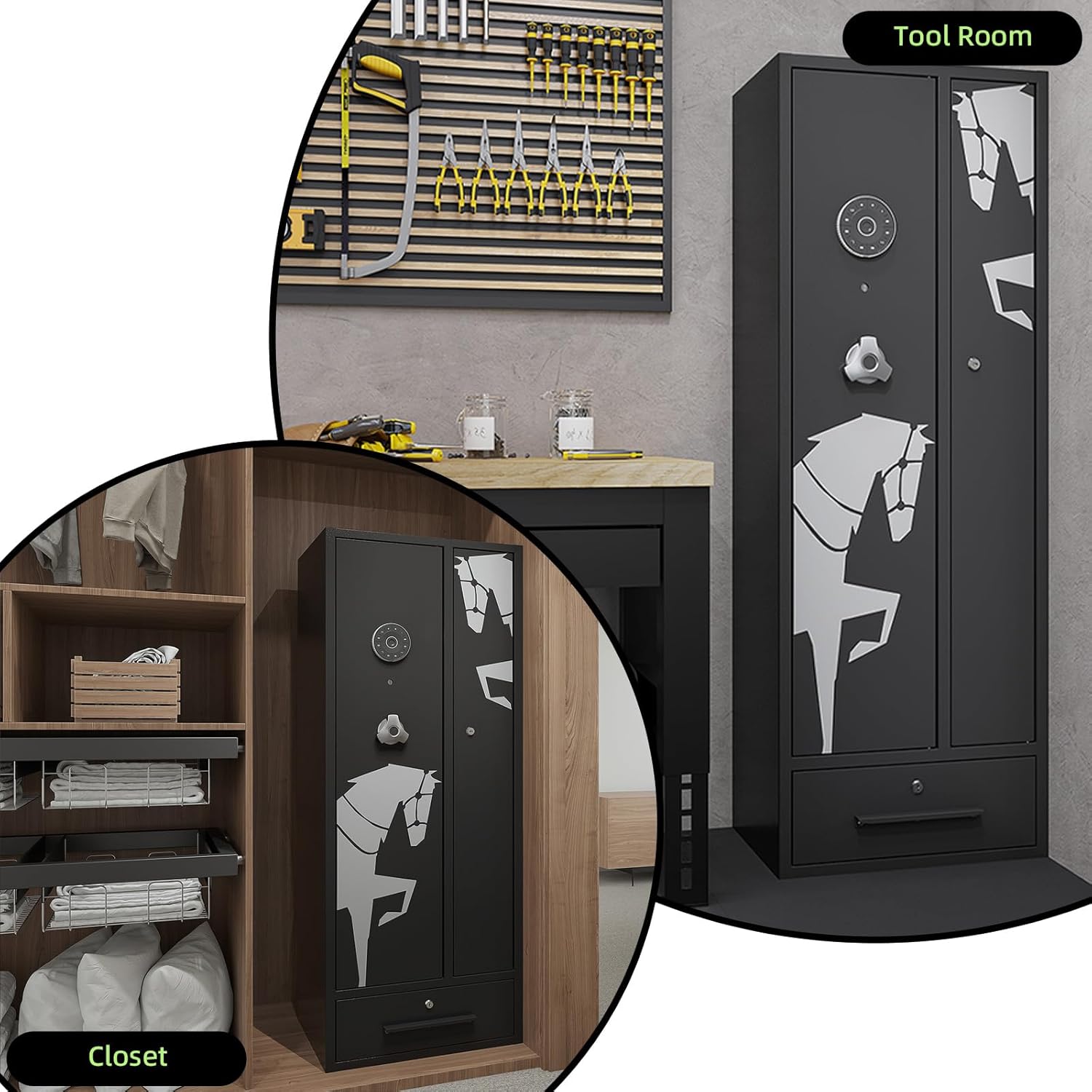


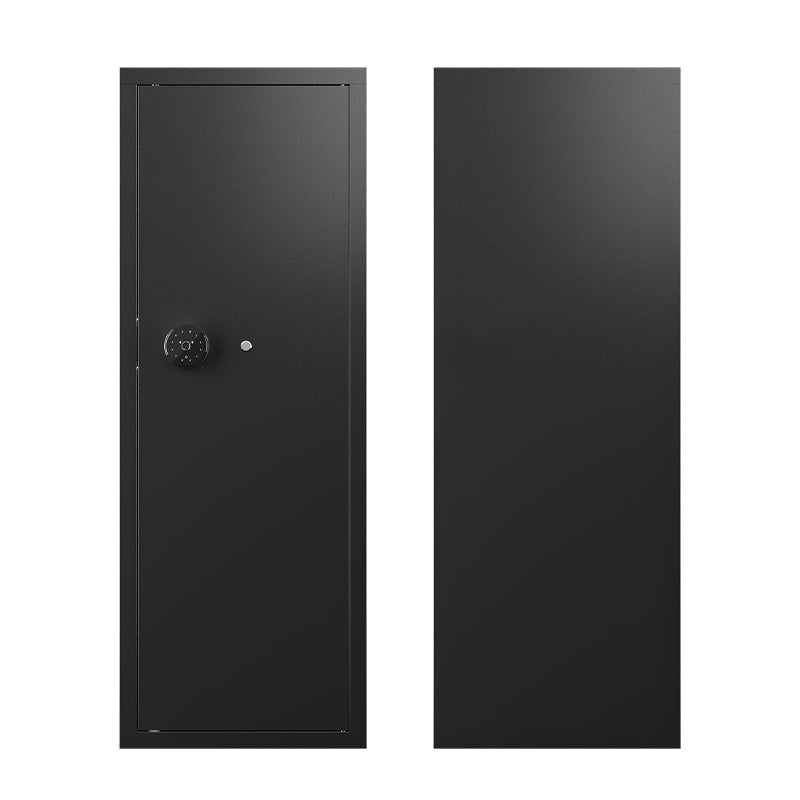
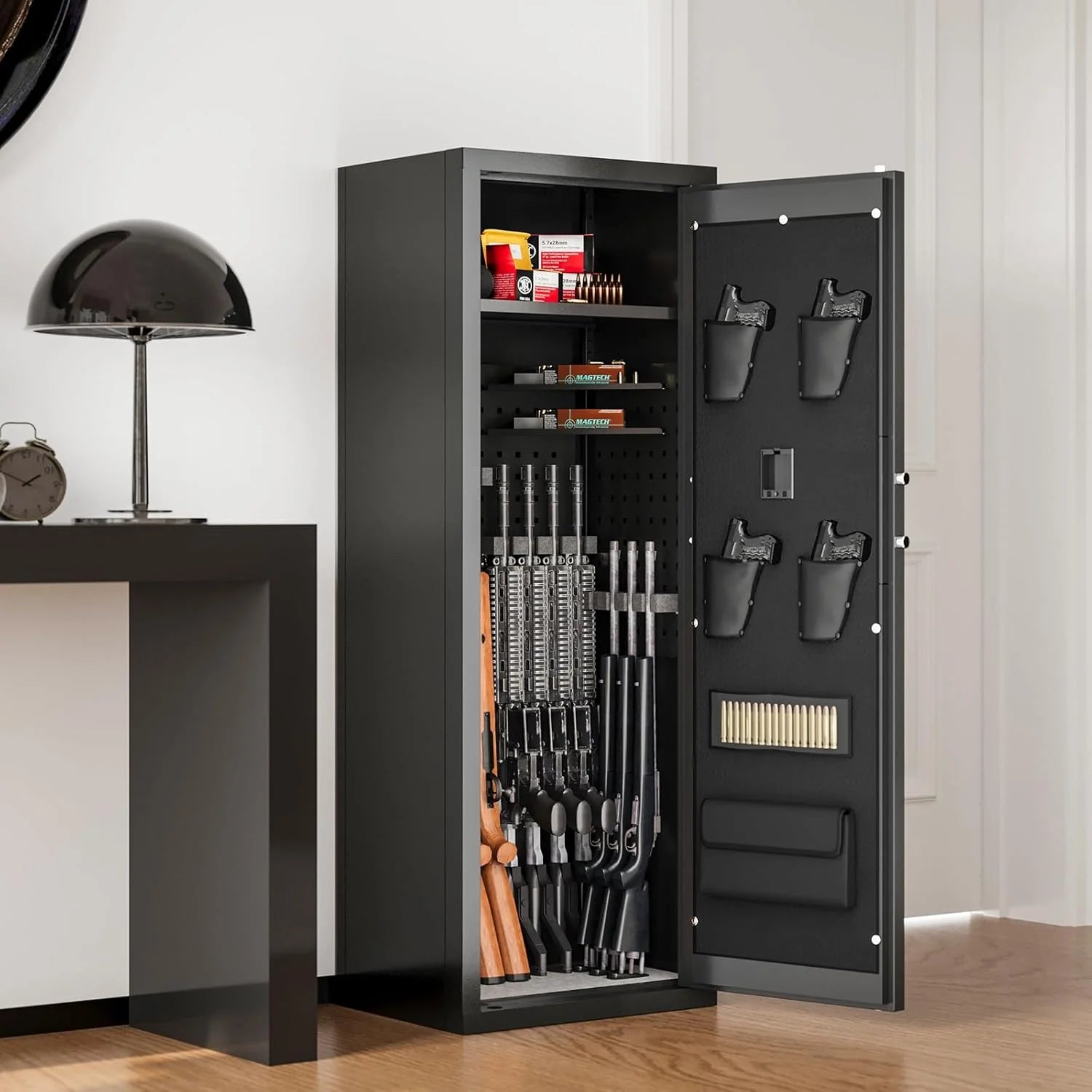
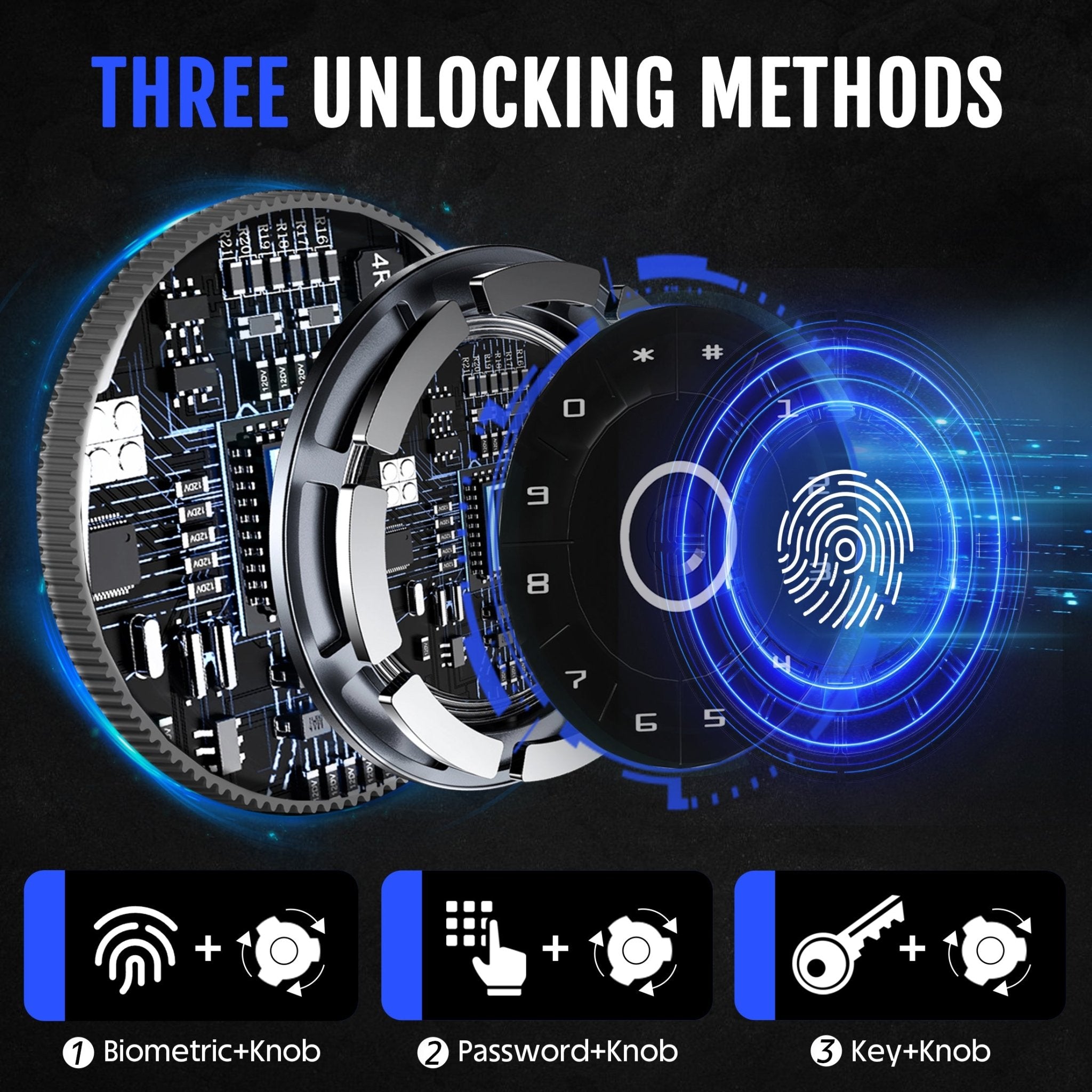


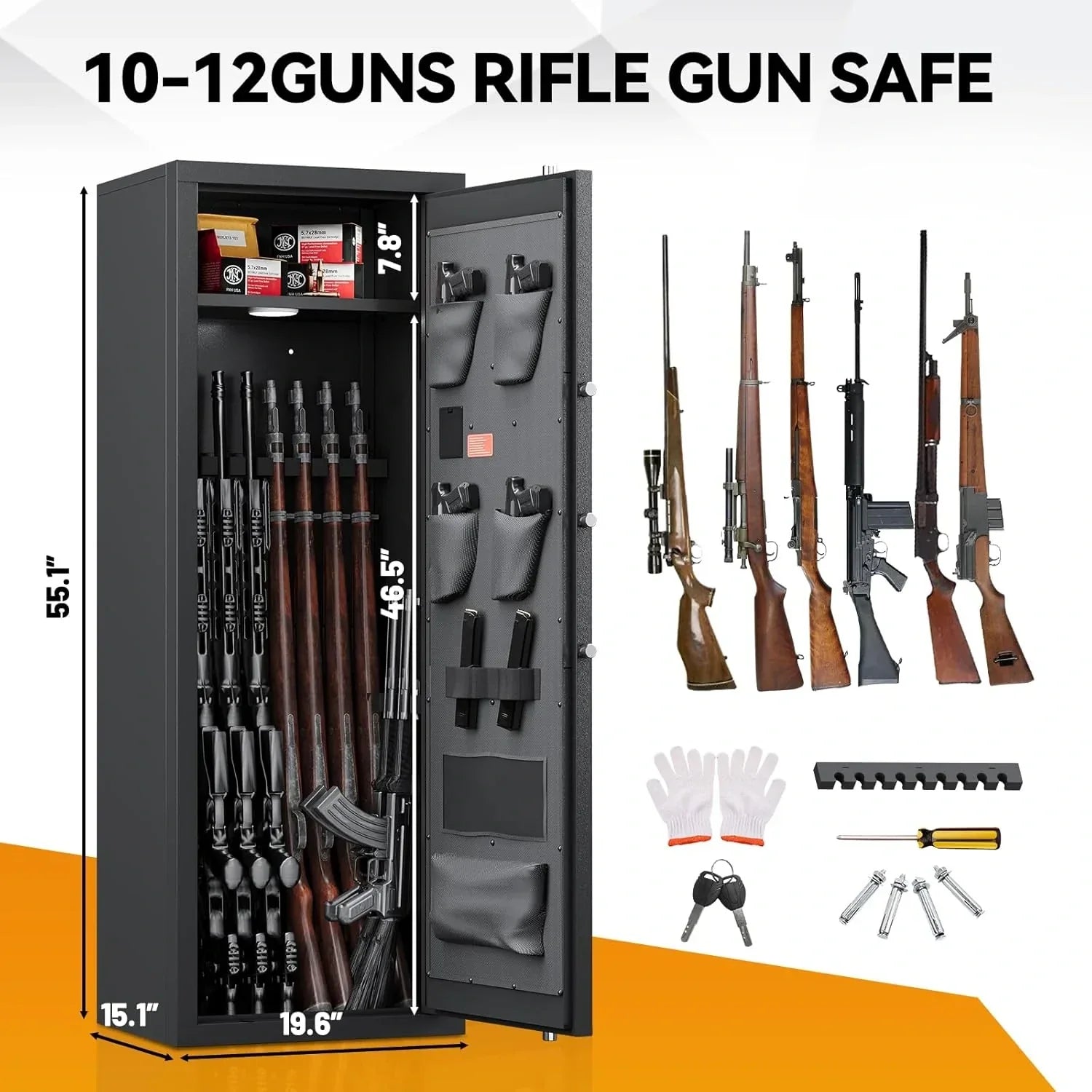
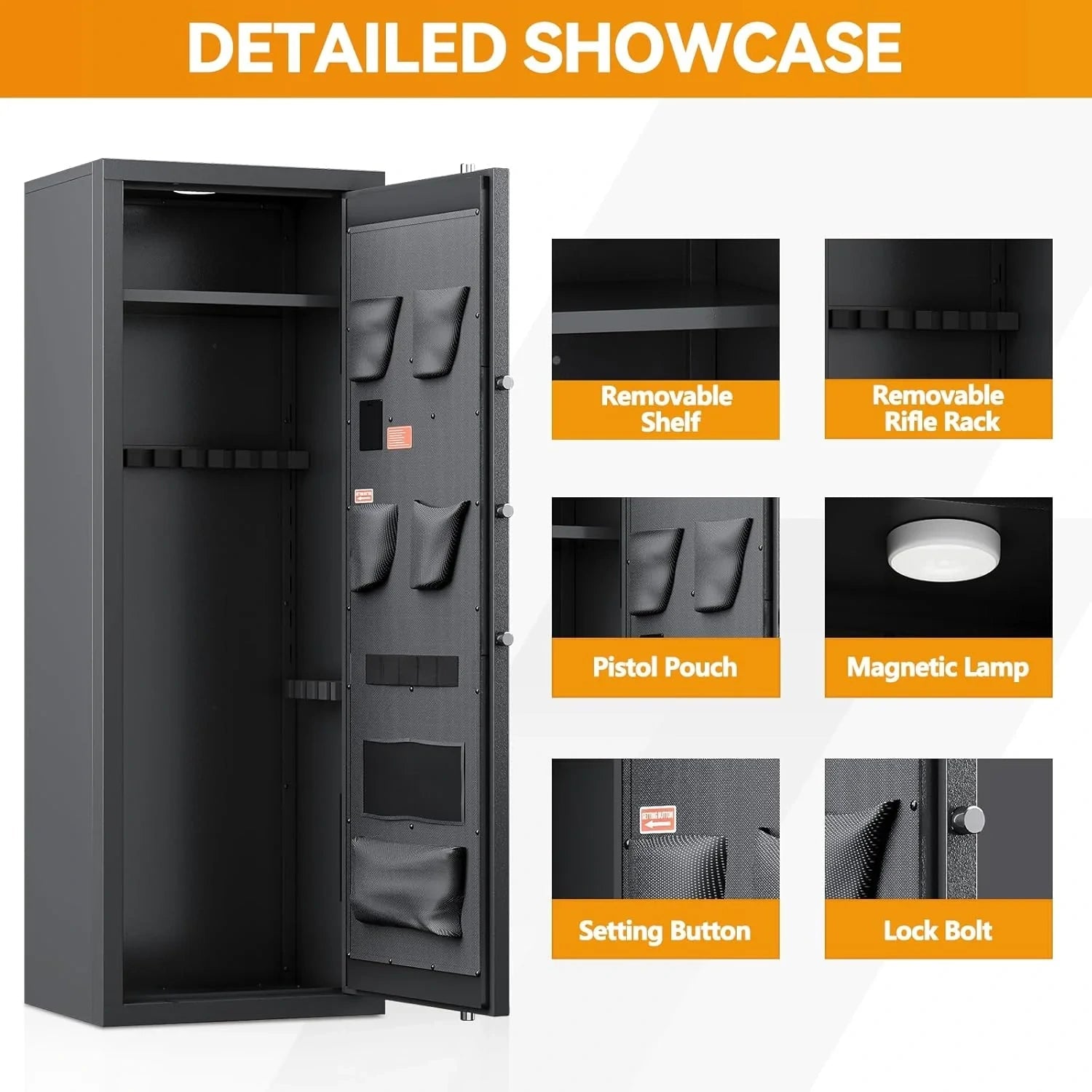
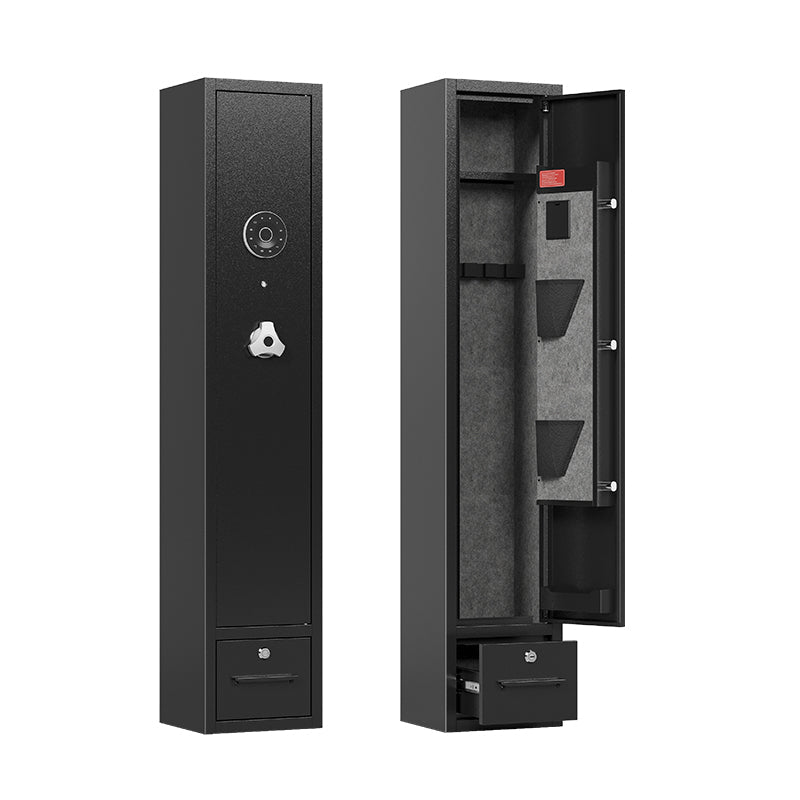
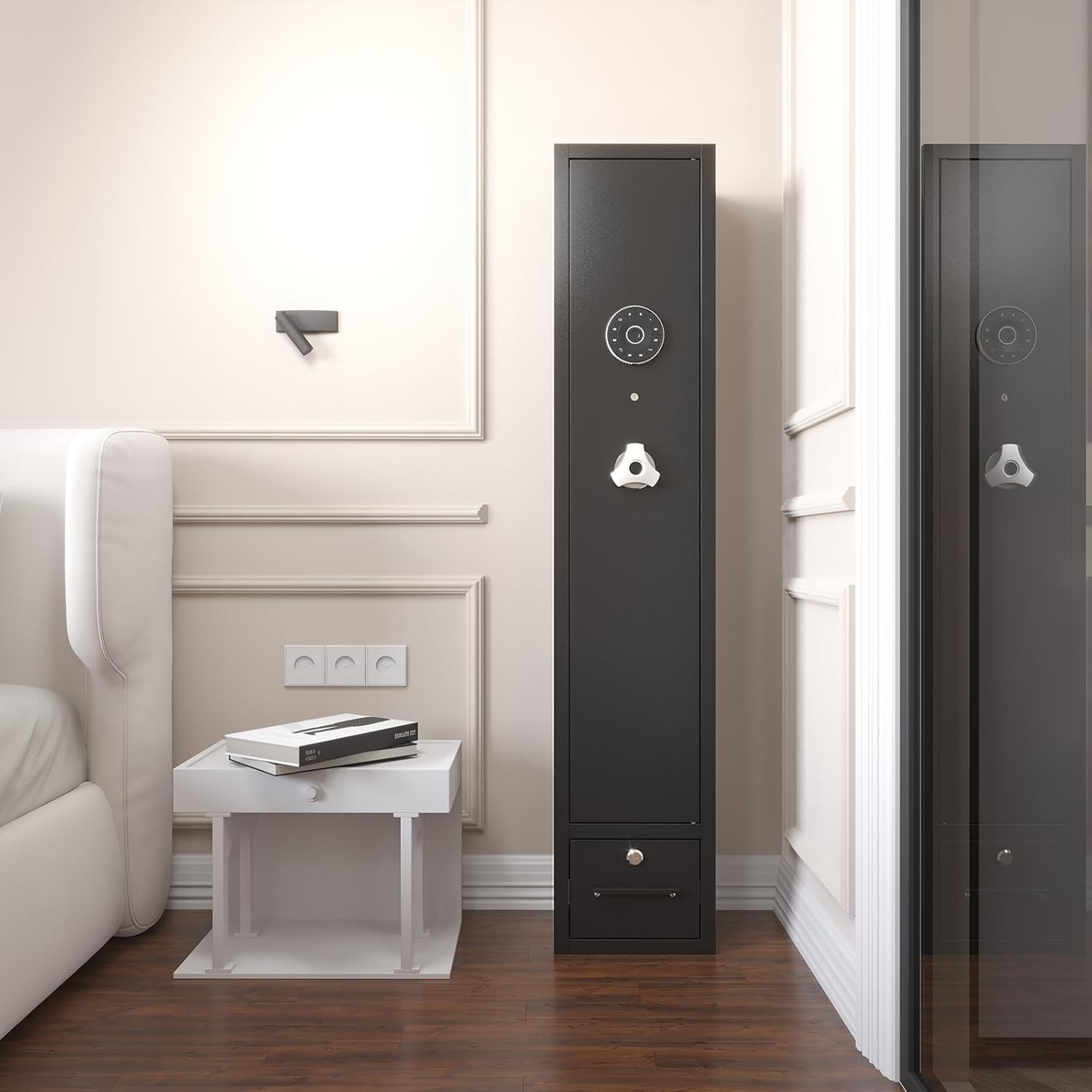

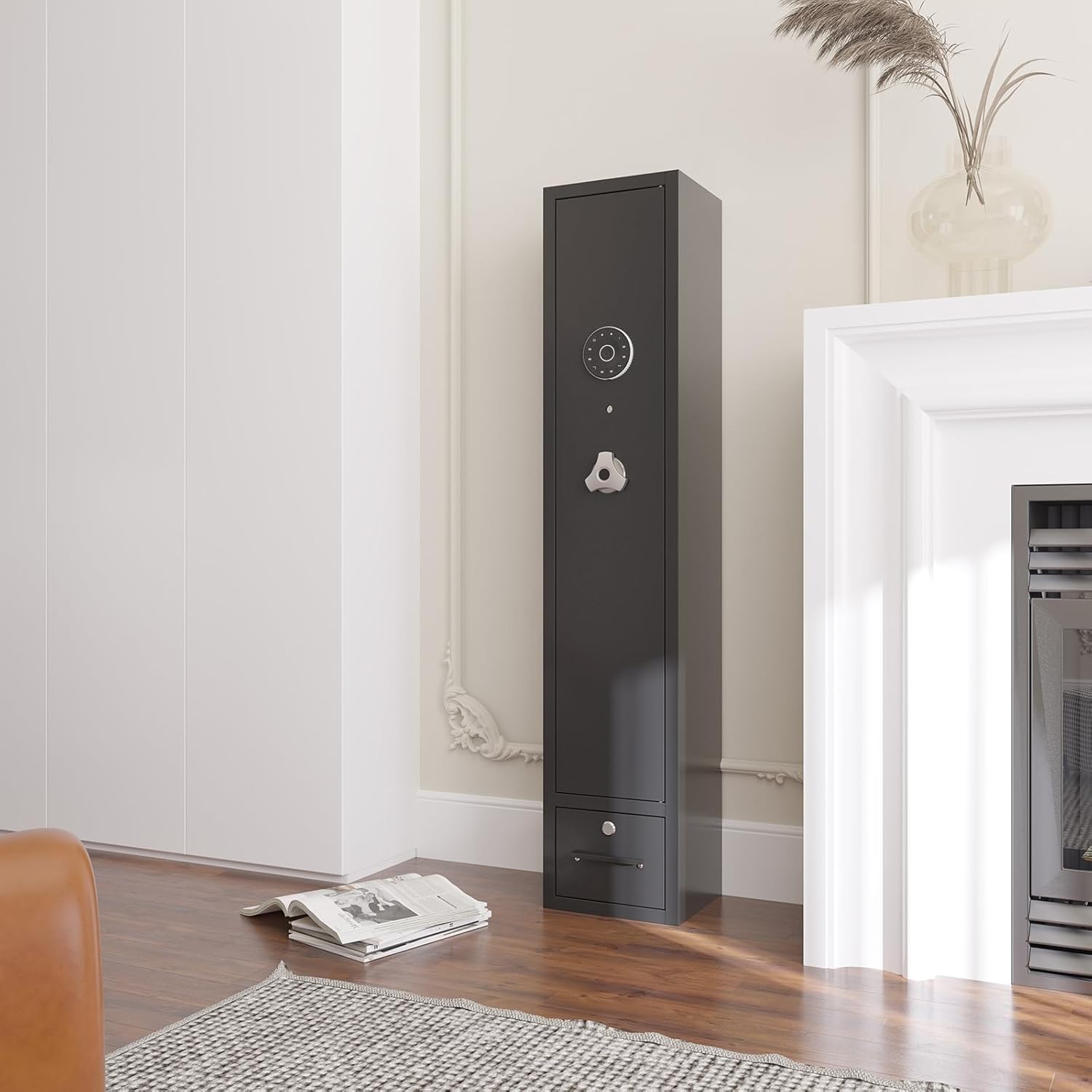
Share:
Safe Installation: A Step-by-Step Home Guide
7 Key Factors to Help You Select The Right-Sized Gun Safe